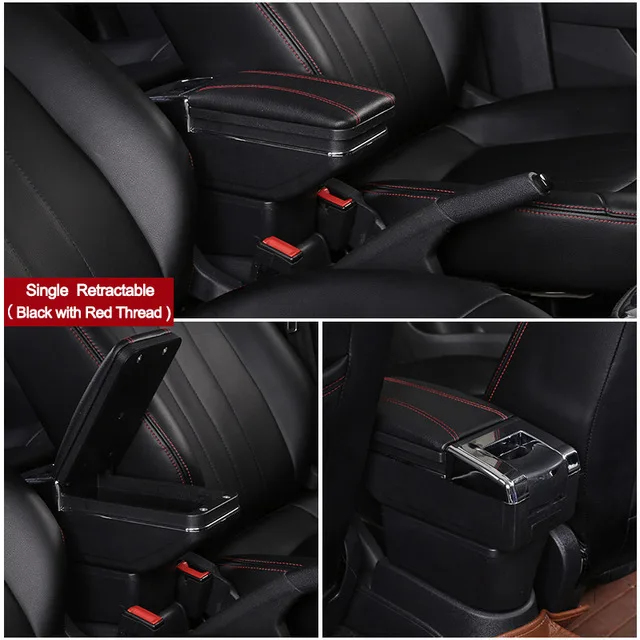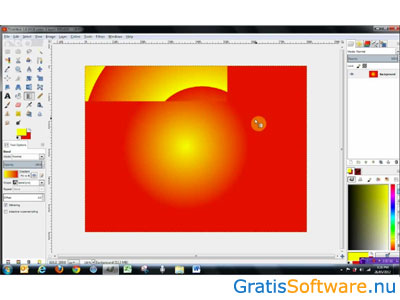

Then press the keystroke to use – I chose Ctrl + D, which is the Photoshop equivalent. So, for example, to map the Ctrl + D keystroke to the Select > None option, click to open the Select menu, locate the None option and click it so that the words New Accelerator appear in the Shortcut column. Unfortunately in Gimp, the Photoshop deselect keystroke duplicates an image! You can, however, remap your keyboard shortcuts by choosing Edit > Keyboard Shortcuts. When I use Gimp, I sometimes forget and use Photoshop keys for things like deselect. Click Ok to round the corners of the image. You can select to work on a copy of the image (rather than the original), and select whether or not to add some background behind the curved corners – the current background color is used for this. Select the Edge Radius, which is the amount of curve, and if desired, click to add a Drop Shadow and then set the Shadow Offset and Blur Radius. To do this, choose Filters > Décor > Rounded Corners. Gimp makes it dead simple to round the corners of an image. I know that a lot of you use Gimp and, in the interests of taking a step away from Photoshop for a minute, here are 5 of my top tips for working with Gimp. Posted by Helen Bradley 8:00 am No Comments links to this post Labels: gimp, Helen Bradley, how to, photo editing, photos for the web, Photoshop, tip, trick It’s an easy process once you understand what’s happening but an extremely frustration one until you do. Then choose Select none and you will have a transparent middle to your image. This then allows you to select an area on the image using the Fuzzy Select tool, and press the Delete button. With the layer with the image on it selected, right click and choose Add alpha channel. Select and delete does absolutely nothing ! If you try this process in Gimp, all you get is an extreme level of frustration as nothing seems to work.

Then I would target the Magic Wand tool and click in the middle of the frame to select the middle area then press Delete to make it transparent so I can drop an image in behind it. If this were Photoshop, I would convert the background layer to a regular layer by double clicking on it and press Ok. The image is a BMP image and what I want to do is grab the middle out of the frame so that I can put something behind it. One of the most confusing things for Photoshop users will be the concept of a transparent layer in Gimp.Ĭonsider the situation where you open an image such as this hand drawn frame here. What size can I make my Lightroom Identity Plate - the Definitive Answer.Illustrator: Extract dots from a stroked line.
#Center layer gimpshop how to#
Clean Up Time! How to find and remove big files.SAVE yourself daily FRUSTRATION - Start Task Manager with one click!.
#Center layer gimpshop mac#



 0 kommentar(er)
0 kommentar(er)
